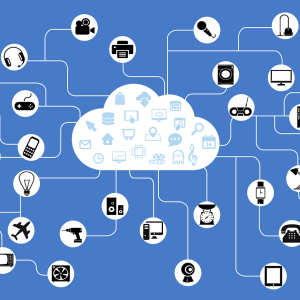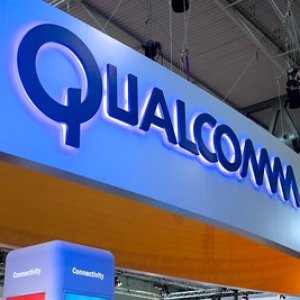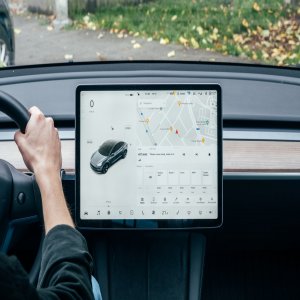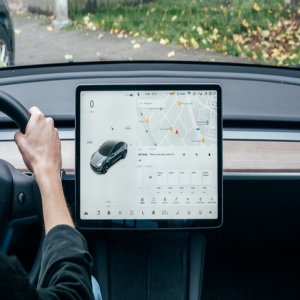
Vehicle Connectivity Increasingly Closer Thanks to 5G
 By Andrea Villar | Editorial Manager -
Thu, 09/23/2021 - 16:36
By Andrea Villar | Editorial Manager -
Thu, 09/23/2021 - 16:36
You can watch the video of this presentation here.
Over the past few years, cars have undergone a transformation towards the digital as manufacturers have fitted screens and sensors into vehicles. However, the industry has been waiting years to offer a truly interconnected service ecosystem. The tool it needs to do so is almost here: 5G technology.
“The automotive industry has been waiting for a network like 5G to be able to offer new services like autonomy and cloud access,” said Ricardo Anaya, Product Manager at Qualcomm. The emergence of 5G networks is essential for digital transformation as it allows automakers to deliver new services including up to 8k resolution. “5G is going to transform the way we distribute video like 4G did with audio,” explained Anaya. “It is already natural for everyone to listen to music on streaming platforms and that is made possible by a network that supports the bandwidth necessary to do so.” 5G will do the same thing except that it will focus on video, he added.
With the speed capabilities that 5G will bring (over 100 Megabits per second, Mbps), “working in the cloud will be as working in the internal memory of a computer." Network latency, which refers to the time it takes for data to travel from one place to another, is essential for the automotive industry as it will enable “remote decision making” in autonomous processes. 5G offers an extremely low latency rate, said Anaya. "This migration will enable millions of devices to be connected.”
As the network grows, powerful processing close to where the connections are will enable new forms of collaborative work. “You can make simpler devices with more battery life,” said Anaya. “This happens when you have good processing between the end device and the edge AI.”
5G must be based on global standards and be interoperable and easy to replicate. “The 5G that is being applied in Germany is similar to what we expect to be implemented here in Mexico,” said Anaya. According to GSA data, as of the end of July 2021, there were over 175 operators with 5G commercially deployed in over 70 countries and over 285 additional operators investing to deploy 5G technology globally. “These numbers indicate that half the world has officially set its sights on 5G.”
According to Qualcomm, 5G will enable US$13.1 trillion in global sales activity by 2035. “All industries are going to capitalize on this technology,” Anaya explained, "The automotive industry, in particular, has been waiting for it for years.” The transformation that this network will bring to the sector includes manufacturing processes with collaborative robots, sales and maintenance processes, service automation, in-car experiences and interconnected transportation services such as traffic signals, bridges and infrastructure. “The priority is for a person to get in their car and arrive at their destination as safely and efficiently as possible.”
Today more than 120 million cars are powered by Qualcomm technology around the world. “The car is one of our top priorities right now,” said Anaya.
















